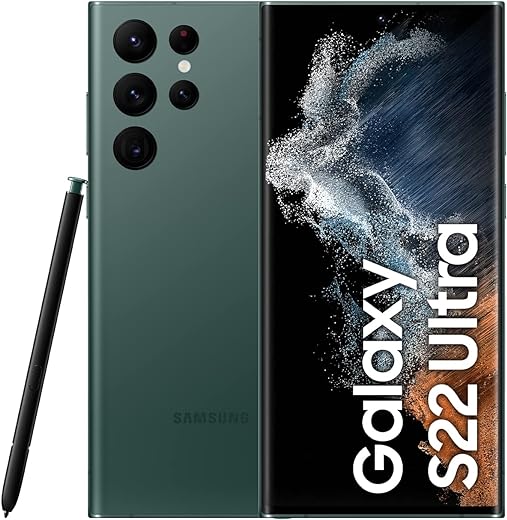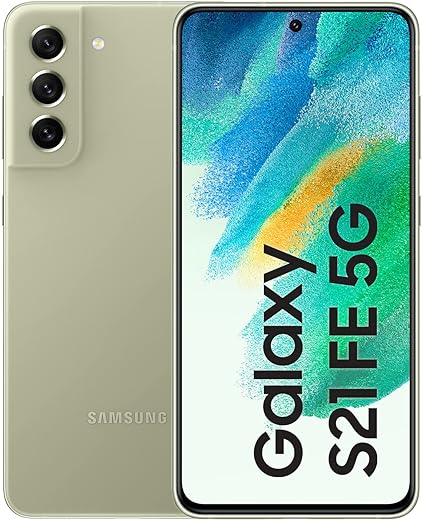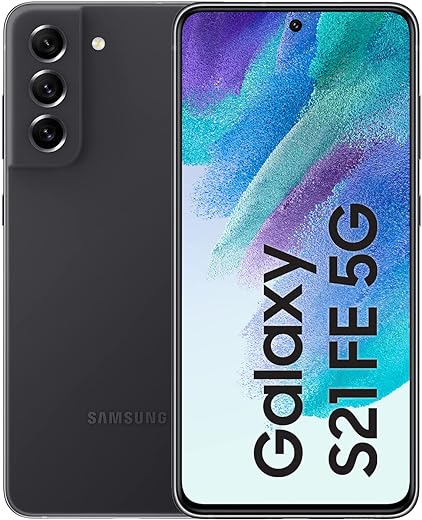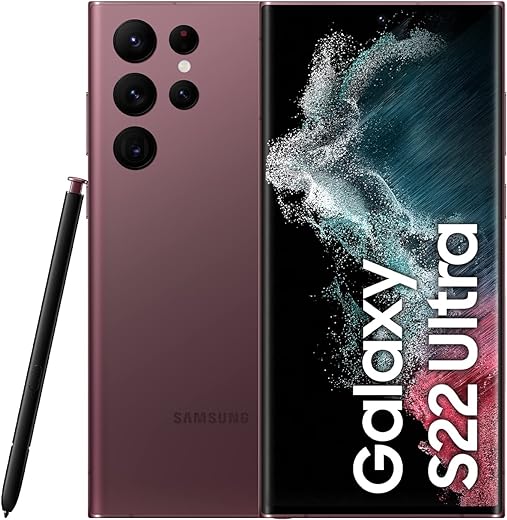Deciding whether it’s time to upgrade your phone can be challenging. That’s especially true if you’re eyeballing a phone as expensive as the Samsung Galaxy S23 Ultra, which starts at $1,200 without a discount.
The answer largely depends on which phone you own, the age and condition of it and your budget. There’s no single approach that applies to everyone, but taking these factors into account can help you with the decision. If your phone is too old to receive new Android platform upgrades, that’s also a good sign that you should consider upgrading. (But before you do, see if you can save some money through a trade-in deal or upcoming Black Friday discounts.)
But keep in mind that it may not be the best time to upgrade to a new Galaxy phone. Samsung typically releases new flagship Galaxy phones in the first few months of the year, and a report from Korean news outlet SBS Biz suggests the Galaxy S24 could arrive in January. That means your Galaxy S23 Ultra could quickly feel outdated if you buy one right now.
I dive into detailed upgrade recommendations below, and you might want to wait and see if the Galaxy S24 Ultra is right for you before buying. But here’s the tl;dr version of how it compares to older phones.
For Galaxy S22 Ultra owners: No need to upgrade yet. The Galaxy S22 Ultra is still in good shape, and the S23 Ultra’s improvements will feel minor.
For Galaxy S21 Ultra owners: You don’t need to upgrade yet. The Galaxy S23 Ultra has a faster new processor and better cameras with improved low light and dynamic range. But the Galaxy S21 Ultra is still recent, and you’re better off waiting to see what the Galaxy S24 Ultra has to offer.
For Galaxy S20 Ultra owners: Upgrading to the S23 Ultra will deliver noticeable improvements, especially if you purchased the Galaxy S20 Ultra at launch.
For owners of Galaxy S10 and older phones: Upgrade recommended for most users — you’ll see significant performance improvements from this 2019 phone.
With the Galaxy S23 Ultra, Samsung improved the areas that its Ultra phones are known for: camera quality and performance. The Galaxy S23 Ultra is Samsung’s first phone capable of shooting photos at a 200-megapixel resolution. The entire Galaxy S23 lineup also runs on a new processor that’s been specifically optimized for Samsung’s Galaxy devices.
However, in my testing, Samsung’s behind-the-scenes improvements to the way the camera captures color and dynamic range felt more impactful than the higher resolution. The base level Galaxy S23 Ultra also has twice as much storage compared with the Galaxy S22 Ultra, which could be helpful for storing all those photos.
Amazon.in
That said, it’s worth holding onto your Galaxy S22 Ultra for a while longer before upgrading. Though the Galaxy S23 Ultra’s improvements are appreciated, they’ll be much more noticeable when upgrading from a phone that’s several years old.
The Galaxy S23 Ultra and S22 Ultra still have plenty in common. Both phones have a large 6.8-inch screen, an included S Pen stylus, better low light photography compared with previous generations, a multi-lens camera system that can zoom up to 100x digitally and a 5,000 mAh battery. You’ll get the same overall experience on both phones, but with refinements to camera quality and processing power on the Galaxy S23 Ultra.
Samsung also provides newer phones with four generations of Android updates and five years of security updates, meaning the Galaxy S22 Ultra will feel relevant for the next few years.
The bottom line: If you have the Galaxy S22 Ultra, don’t upgrade just yet. There’s still plenty of life left in that phone.
Galaxy S23 Ultra vs. Galaxy S21 Ultra
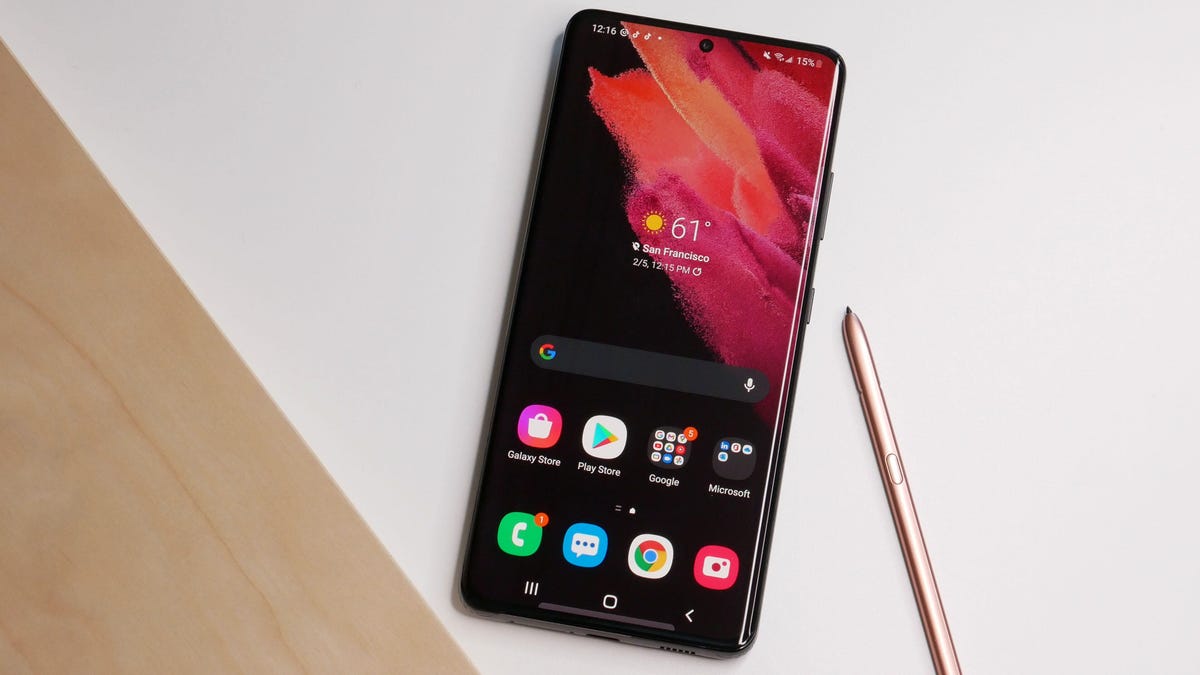
The Galaxy S21 Ultra and S22 Ultra share many similarities, with the major differences being the S22 Ultra’s included S Pen, newer processor and improved low light photography performance. Because of this, the same advice holds true: If your Galaxy S21 Ultra is in good shape, don’t upgrade yet.
Photography is likely a big priority if you’re interested in the Ultra lineup. The Galaxy S23 Ultra brings a few improvements in this regard, such as the new 200-megapixel sensor, better dynamic range and improved low light performance.
But these changes aren’t significant enough to justify springing for a new device just yet, unless you can basically get it for free through a trade-in deal. Even then, I’d encourage you to hold onto your S21 Ultra for as long as possible to justify the money you spent on it in the first place.
The Galaxy S23 Ultra’s 200-megapixel camera is only truly noticeable when you zoom in at the pixel level, or if you intend to print large copies of your photos. And if you really want the S Pen, you can always buy it separately instead of upgrading your entire phone.
Since Samsung supports four generations of Android software updates on the Galaxy S21 lineup, you’ll also continue to get new versions of Android through Android 15.
The bottom line: If your Galaxy S21 Ultra is in good shape, hold onto it for a little while longer. You’ll still get a main camera sensor with a higher resolution than most phones, as well as the ability to zoom up to 100x digitally. You’ll miss some of Samsung’s newer improvements to low light photography and dynamic range, but the Galaxy S21 Ultra still has a very capable camera.
| Galaxy S23 Ultra | Galaxy S22 Ultra | Galaxy S21 Ultra | Galaxy S20 Ultra | Galaxy S10 5G | |
|---|---|---|---|---|---|
| Display size, resolution | 6.8-inch AMOLED; 3,088×1,440 pixels; 120Hz adaptive refresh rate | 6.8″ AMOLED; 1,440×3,088 pixels | 6.8″ AMOLED; 3,200×1,440 pixels | 6.9″ AMOLED; 3,200×1,440 pixels | 6.7″ AMOLED; 3,040×1,440 pixels |
| Pixel density | 500 pixels per inch | 500 pixels per inch | 515 pixels per inch | 511 pixels per inch | 505 pixels per inch |
| Dimensions (millimeters) | 78×163.3×8.9mm | 77.9×163.3×8.9mm | 75.6×165.1×8.9mm | 76×166.9×8.8mm | 162.6×77.1×7.94mm |
| Weight (ounces, grams) | 8.25 oz; 234 g | 8.07 oz; 229 g | 8.07 oz; 229 g | 7.76 oz; 220 g | 6.98 oz; 198 g |
| Mobile software (shipped at launch) | Android 13 | Android 12 | Android 11 | Android 10 | Android 9 |
| Camera | 200-megapixel (wide), 12-megapixel (ultrawide) 10-megapixel (telephoto) 10-megapixel (telephoto) | 108-megapixel (wide), 12-megapixel (ultrawide) 10-megapixel (3x telephoto) 10-megapixel (10x telephoto) | 108-megapixel (wide), 12-megapixel (ultrawide), 10-megapixel (3x telephoto), 10-megapixel (10x telephoto) | 108-megapixel (wide-angle), 48-megapixel (telephoto), 12-megapixel (ultrawide), time-of-flight camera | 12-megapixel (wide-angle), 16-megapixel (ultrawide), 12-megapixel (telephoto), 3D depth (HQVGA) |
| Front-facing camera | 12-megapixel | 40-megapixel | 40-megapixel | 40-megapixel | 10-megapixel, 3D depth (HQVGA) |
| Video capture | 8K | 8K, 4K | 8K, 4K | 8K, 4K | 4K |
| Processor | Qualcomm Snapdragon 8 Gen 2 for Galaxy | Snapdragon 8 Gen 1 | Qualcomm Snapdragon 888 | Qualcomm Snapdragon 865 5G | Qualcomm Snapdragon 855 |
| RAM/storage | 8GB + 256GB; 12GB + 256GB; 12GB + 512GB; 12GB + 1TB | 8GB + 128GB ; 12GB + 256GB; 12GB+512GB; 12GB+ 1TB | 16GB + 512GB; 12GB + 256GB; 12GB + 128GB | 12GB + 128GB; 12GB + 256GB; 16GB + 512GB | 8GB + 256GB; 8GB + 512GB |
| Expandable storage | None | None | None | Up to 1TB | None |
| Battery | 5,000 mAh | 5,000 mAh | 5,000 mAh | 5,000 mAh | 4,500 mAh |
| Fingerprint sensor | In-display | In-display | In-display | In-display | In-display |
| Connector | USB-C | USB-C | USB-C | USB-C | USB-C |
| Headphone jack | None | No | No | No | Yes |
| Special features | 5G (mmw/Sub6), IP68 rating, wireless PowerShare to charge other devices, integrated S Pen, 100x Space Zoom, 10x Optical Zoom, UWB for finding other devices | 5G (mmw/Sub6), bundled S Pen, IP68 rating, 120Hz display, UWB, Wireless Power Share, 100x Space Zoom (digital), 10x optical zoom, 45W charging support (sold separately) | 5G (mmw/Sub6), S Pen support (not included), IP68 rating, 120Hz display, UWB, Wireless Power Share, 100x Space Zoom (digital), 10x optical zoom | 5G (mmw/Sub6); 120Hz refresh rate; 100X zoom (digital); Wireless PowerShare; IP68 rating | 5G (mmw/Sub6); Wireless PowerShare; 3D depth cameras (not for face unlock); IP68 rating |
Source: cnet.com



